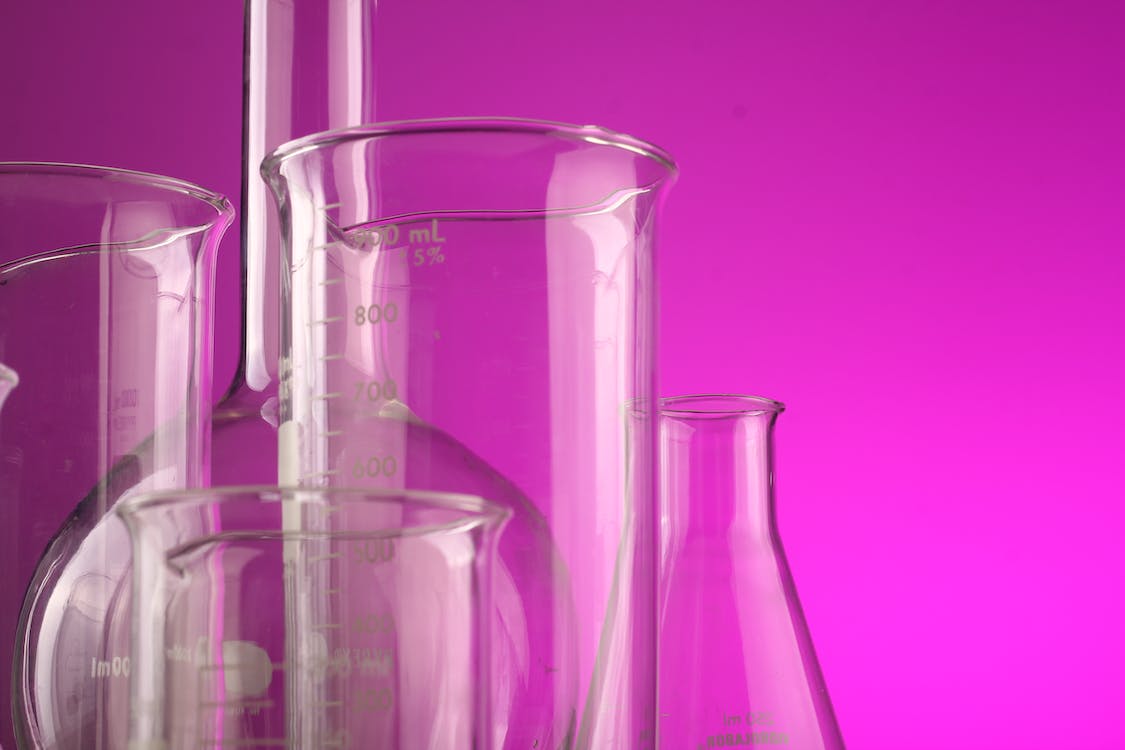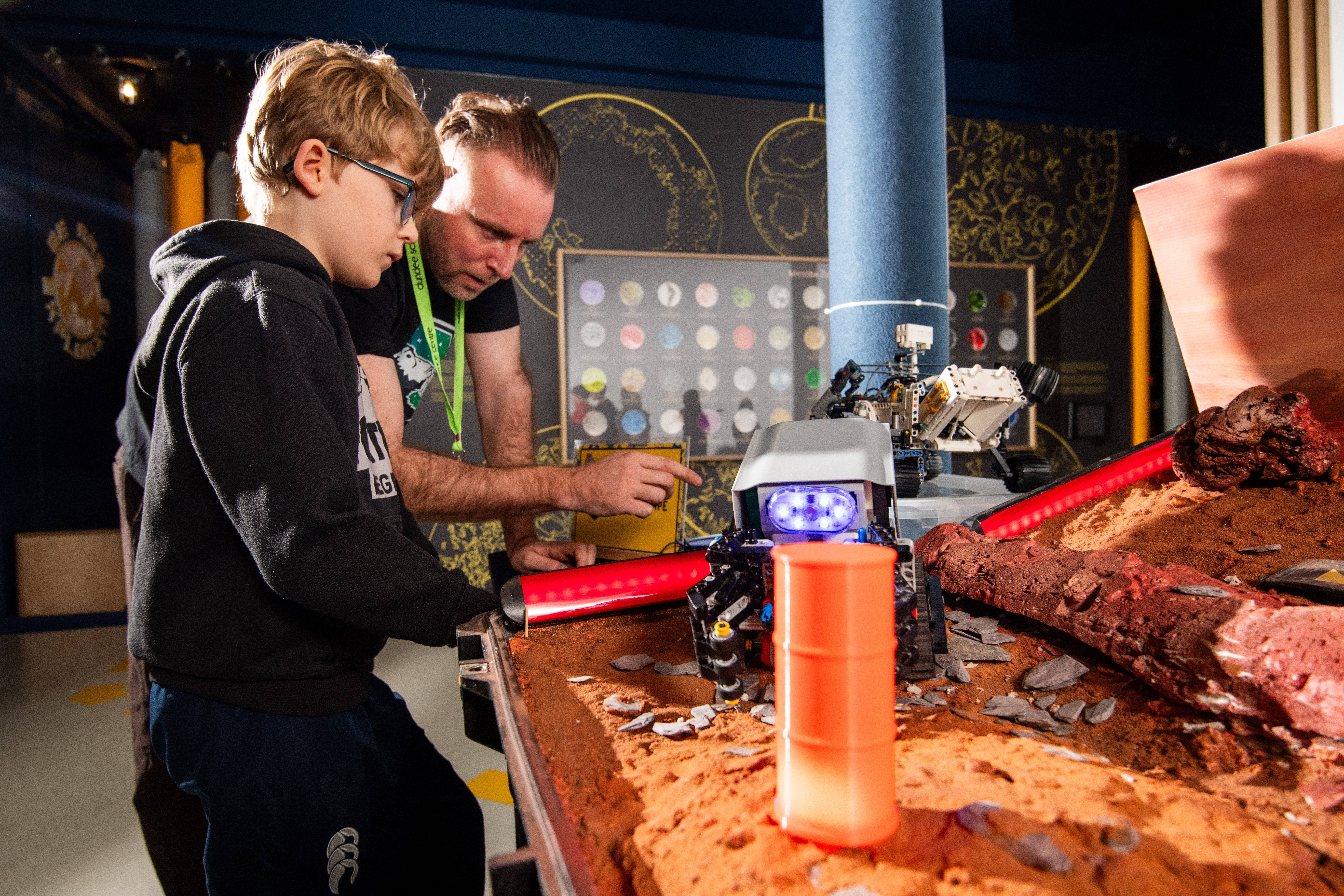Acids and Alkalis

Acids
There are lots of ways to classify chemicals. One very useful way is to decide whether or not you have an acid. Particularly in films and TV, acids often shown as the dangerous, deadly, corrosive liquids that bubble green and eat their way through wood, metal, and plastic alike. But the word “acid” covers a whole variety of chemicals including some that we eat and drink.
Some common acids include:
- Vinegar (contains acetic acid).
- Lemon Juice (contains citric acid).
- Vitamin C (aka “ascorbic acid”).
Fizzy drinks (contain carbonic acid). - Stomach acid (contains hydrochloric acid).
- Car battery acid (sulphuric acid).
You can tell if you have an acid, by using an indicator. Acid indicators change colour when acid is present. There are lots of different kinds of indicators, and you can even make your own at home – try these instructions for making your own indicator from cabbage water!
More on Acids
So what do these different acids have in common? If you write out the chemical formulas of some acids (see Wednesday’s topic The Periodic Table) – they look like:

The formulas are all different, but they all include atoms of hydrogen. An acid is capable of donating hydrogen when it reacts – particularly when dissolved in water. Acids dissolved in water have a sour taste (in fact the latin word “acidus” means sour) – although only some are safe to consume.
Alkalis
So if acids are donating some of their hydrogen atoms, what are they donating it to? Acids will react with their chemical opposites – the alkalis – chemicals dissolved in water that will accept the hydrogen donated by an acid.
Examples of alkalis include:
- Oven cleaner (contains sodium hydroxide aka “caustic soda”).
- Baking soda (aka “sodium bicarbonate” aka “bicarbonate of soda”).
- Indigestion tablets (can contain magnesium hydroxide or calcium carbonate).
You can tell if you have an alkali by using an indicator too! Most indicators will be a different colour for an acid than for an alkali – and a different colour again if you have neither!
Alkalis are usually soapy to the touch, and many shouldn’t be handled without gloves because they are corrosive. Their chemical formula usually contains atoms from the first two columns of the Periodic Table – Group 1 and Group 2, for example: sodium, potassium, magnesium, calcium (in fact these two columns are often called the “alkali metals” (Group 1) and the “alkaline earth metals” (Group 2) for this reason). Many alkalis also have an “OH” in their chemical formula (hydrogen and oxygen together making “hydroxide”).
For example,

The way that acids and alkalis react together is very important.
Neutralisation
Acids donate hydrogen, and alkalis accept it. This means they react – the alkali is said to “neutralise” the acid. In most cases the end result is salty water. For example, hydrochloric acid and sodium hydroxide will react to make sodium chloride and water:

The hydrogen donated by the acid reacts with the hydroxide from the alkali, making H20 or water. The sodium and the chlorine together make sodium chloride, or table salt. The acid and alkali react to make something neutral – the neutral state will show up with an indicator too – even your cabbage water!
The pH Scale
Acids, alkalis, and neutral chemicals all sit on a scale call the pH scale.

Acids have a pH less than 7, alkalis have a pH of more than 7 and perfectly neutral chemicals have a pH of exactly 7.
pH stands for “potential of hydrogen” – acids have the potential to donate hydrogen and alkalis have the potential to accept, but some more so than others.
Pure water has a pH of 7 – but by dissolving things in water you can change the pH. For instance, seawater has been gradually more acidic over the decades because human activity is creating more carbon dioxide in the atmosphere. More CO2 in the air means more dissolving in the oceans, creating carbonic acid (the same acid in fizzy drinks). Many forms of ocean life have shells based on carbon carbonate – and so just as fizzy drinks can damage our teeth, this “ocean acidification” is very harmful to life in the oceans.
It turns out that understanding acids and alkalis is incredibly important!
If you have enjoyed these activities please share them with your friends and family.
Cabbage Juice Indicator
Discover acids and alkalis at home!





